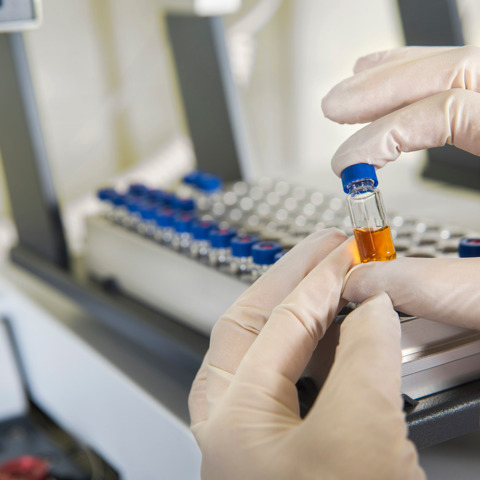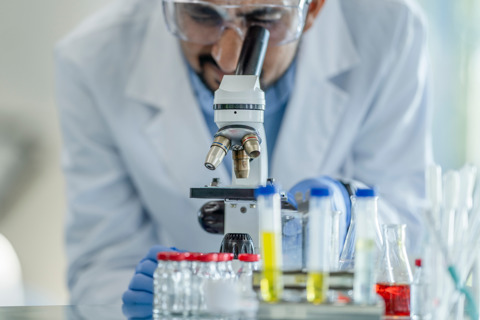
Potential cure for type 1 diabetes using insulin-producing cells from stem cells
A method of “curing” type 1 diabetes developed by researchers in the US – by converting human stem cells into insulin-producing cells.
Human stem cells can be converted into insulin-producing cells to control blood sugar levels – and in effect “cure” type 1 diabetes – according to a breakthrough report by researchers in the US.
Researchers at Washington University School of Medicine in St. Louis demonstrated that their technique could be effective for up to nine months.
In type 1 diabetes, a faulty autoimmune response causes the immune system to attack and destroy insulin-producing beta cells within the pancreas.
The findings of the study, recently published in Nature Biotechnology showed that human stem cells could be turned into insulin-producing beta cells.
The transplantation of billions of such cells could effectively lead to a cure for type 1 diabetes.
Several years ago, the team of researchers discovered how to convert human stem cells into pancreatic beta cells that make insulin.
When such cells encounter blood sugar, they secrete insulin.
However, the previous work had its limitations and had not effectively controlled diabetes in tests.
Researchers tested their latest technique in cases of “severe diabetes with blood sugar readings that could be fatal for a person”.
They found that converting human stem cells into insulin-secreting cells returned blood glucose levels to normal within two weeks and stayed that way for many months.

Jeffrey R. Millman, PhD, Assistant Professor of Medicine and Biomedical Engineering at Washington University and Principal Investigator on the study, said: “A common problem when you are trying to transform a human stem cell into an insulin-producing beta cell — or a neuron or a heart cell —is that you also produce other cells that you don’t want.
“In the case of beta cells, we might get other types of pancreas cells or liver cells.”
Researchers found that off-target pancreas and liver cells did not hurt anything when implanted, but they did not fight diabetes either.
Professor Millman said: “The more off-target cells you get, the less therapeutically relevant cells you have.
“You need about a billion beta cells to cure a person of diabetes. But if a quarter of the cells you make are actually liver cells or other pancreas cells, instead of needing a billion cells, you’ll need 1.25 billion cells. It makes curing the condition 25% more difficult.”
Using the new technique, Professor Millman and his team found far fewer off-target cells were produced while the beta cells that were made had improved function.
The technique targets the cells’ internal scaffolding, called the cytoskeleton. The cytoskeleton is what gives a cell its shape and allows the cell to interact with its surrounding environment, converting physical cues into biochemical signals.
Professor Millman added: “It’s a completely different approach, fundamentally different in the way we go about it.
“Previously, we would identify various proteins and factors and sprinkle them on the cells to see what would happen. As we have better understood the signals, we’ve been able to make that process less random.”
By understanding that process has enabled the team to produce more beta cells.
The researchers found that the new technique worked efficiently across stem cells from multiple different sources, providing more options to develop this method in the study of type 1 diabetes.
The researchers will need to test the cells over longer periods of time to have any hope of producing beta cells that can help the millions of people who currently require insulin injections to control type 1 diabetes.
Professor Millman explained that there still is much to do before this strategy can be used to treat people with diabetes, but that the research was continuing.
Read the report in Nature Biotechnology
Support DRWF by making a donation here
Find out more about DRWF-funded research here
Find out more about DRWF fundraising here
For latest update follow DRWF on Facebook, Instagram and Twitter
To receive the charity’s latest bulletins as they become available, please sign up here
Read DRWF diabetes information leaflets here
Join the Diabetes Wellness Network here
I would like to make a regular donation of
I would like to make a single donation of
There are lots of ways to raise money to support
people living with all forms of diabetes.
Bake, Swim, Cycle, Fly ... Do It For DRWF!
Fundraise with us
Recent News


